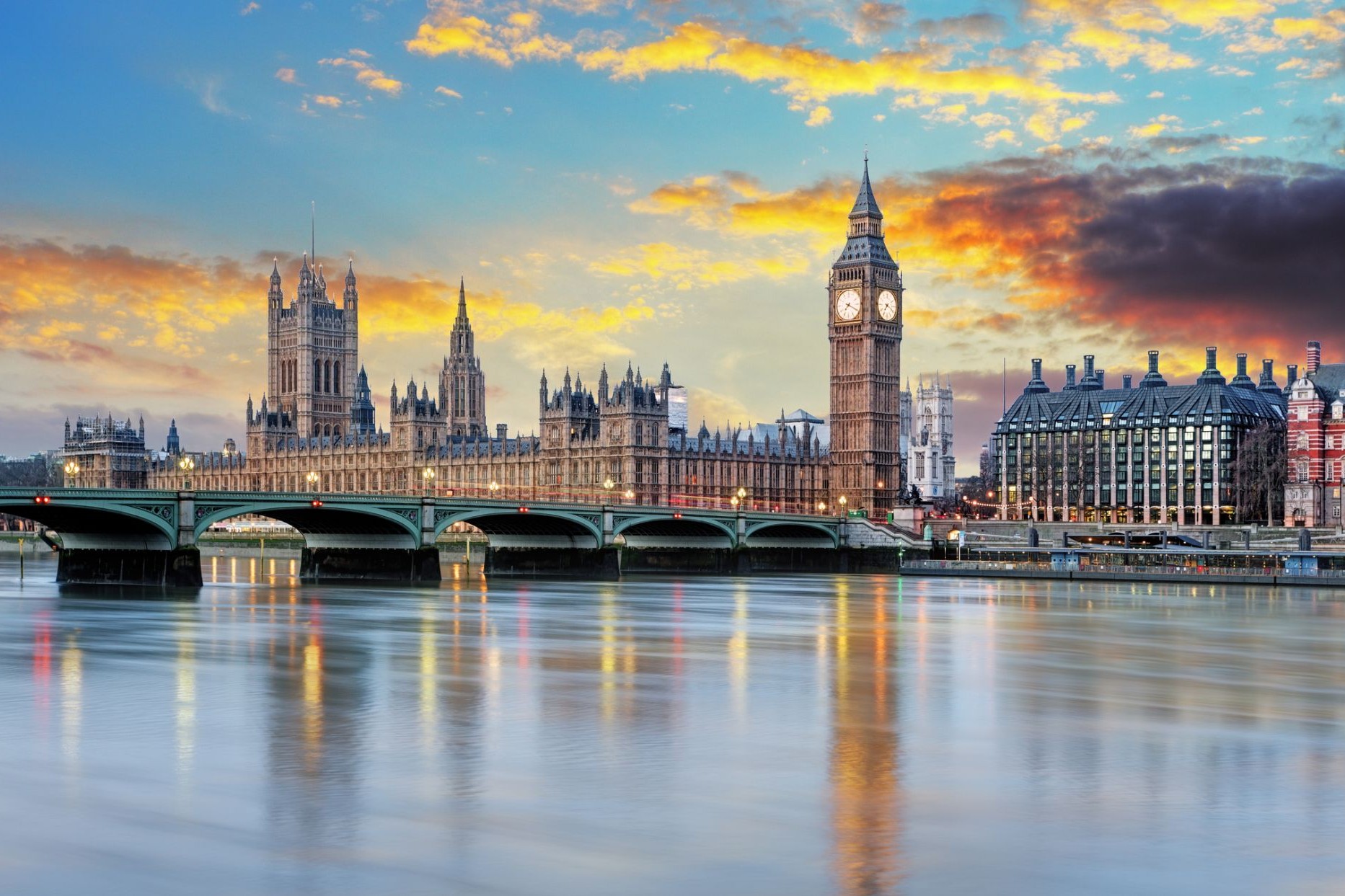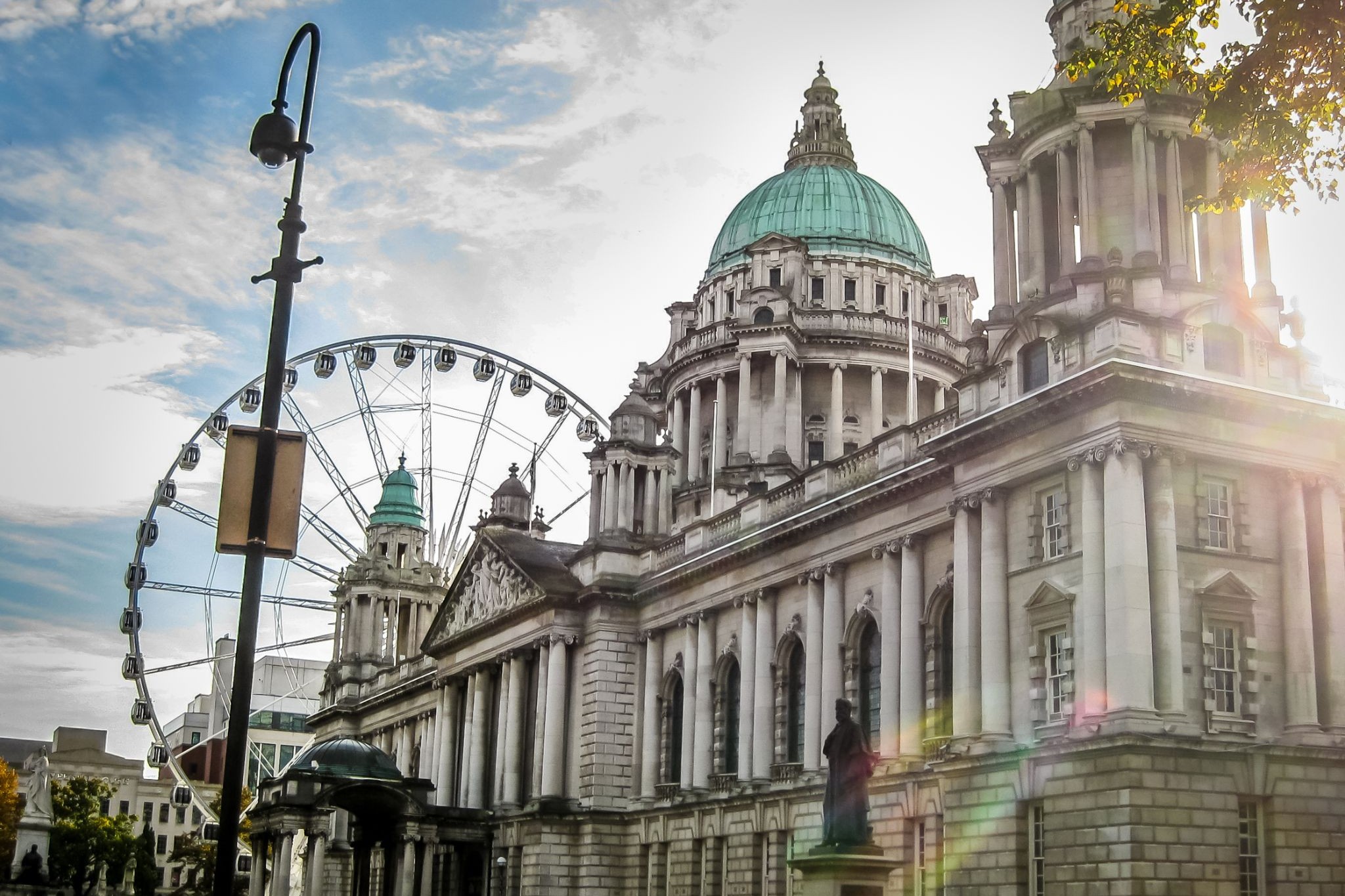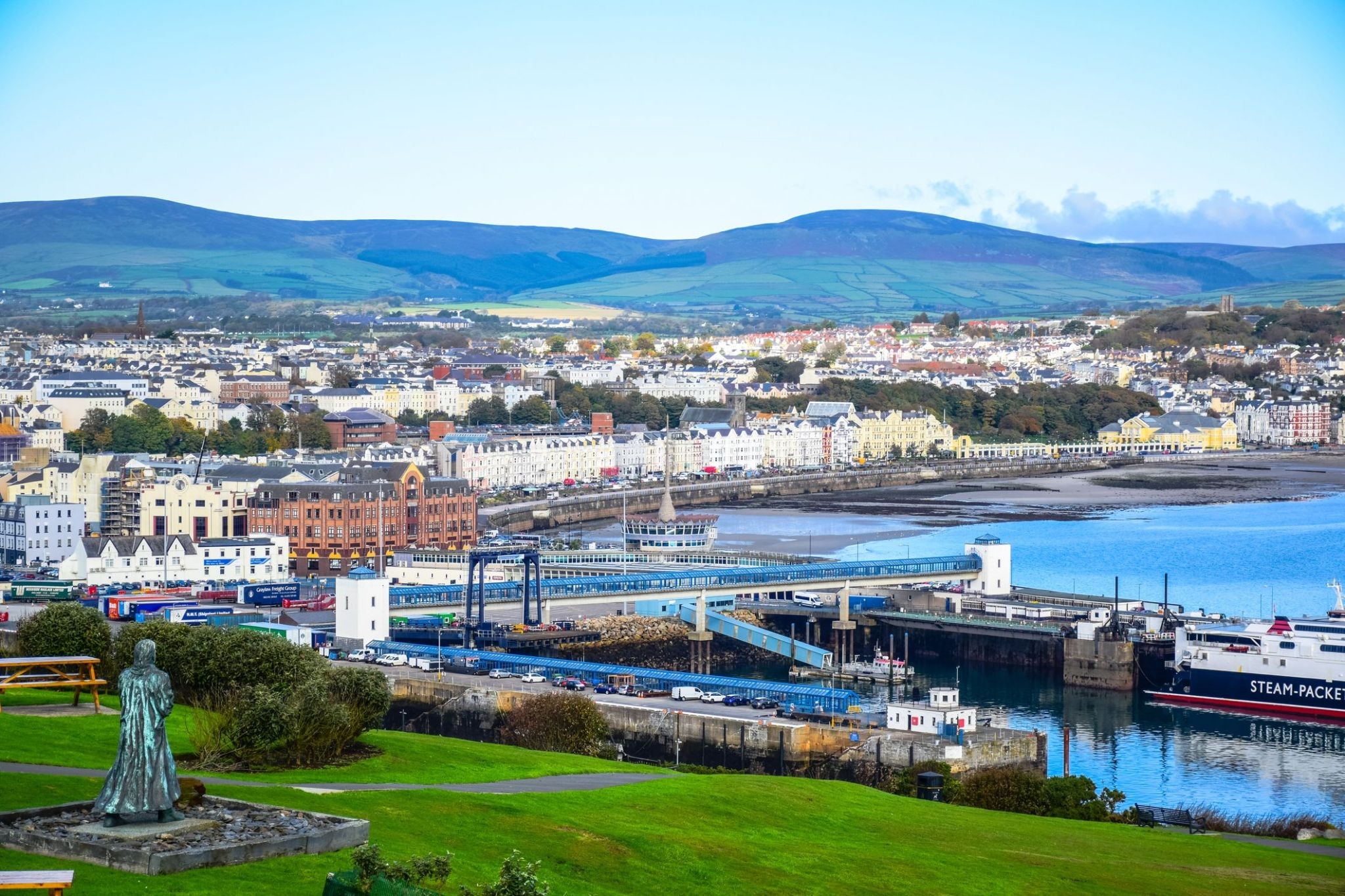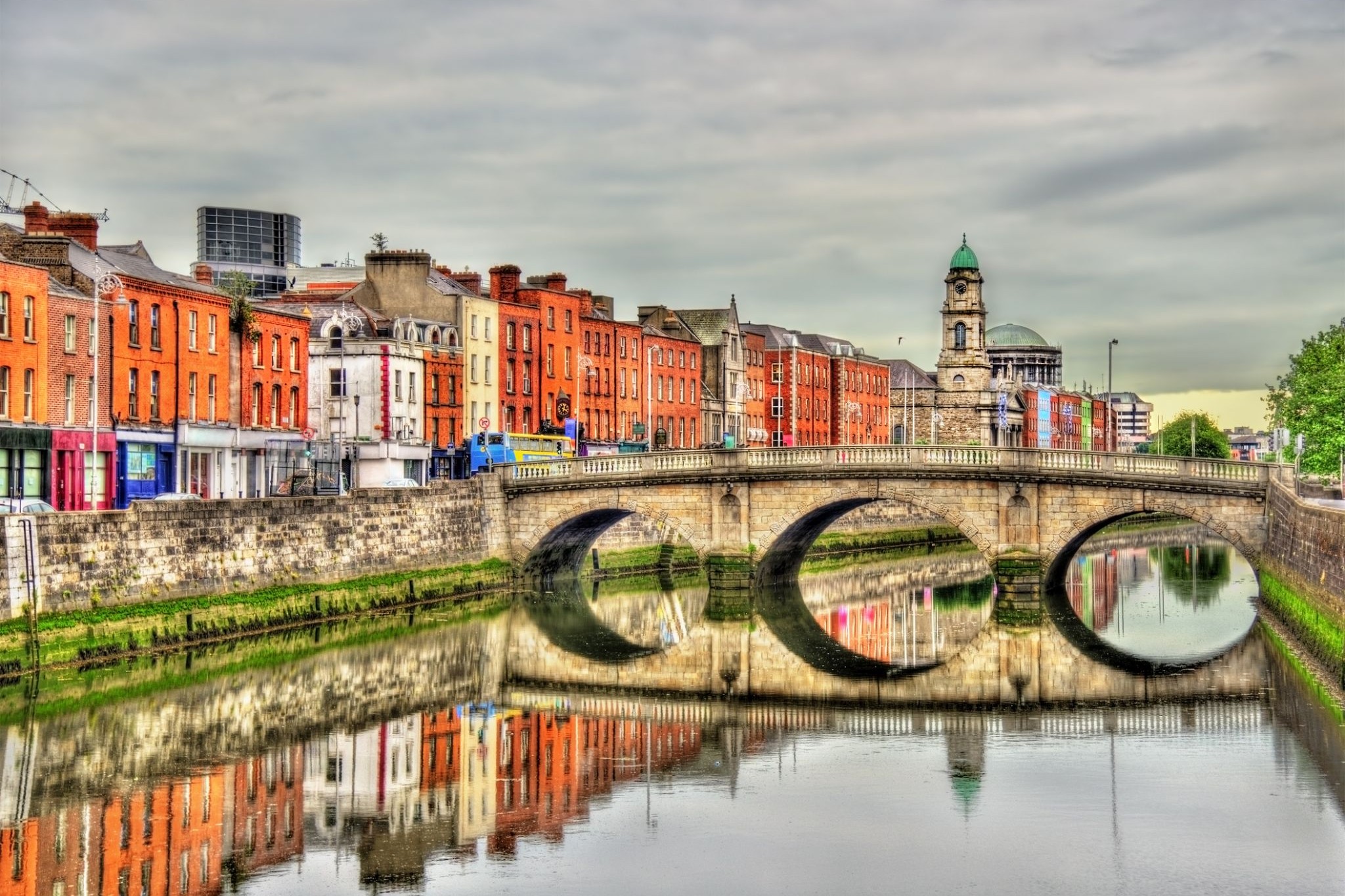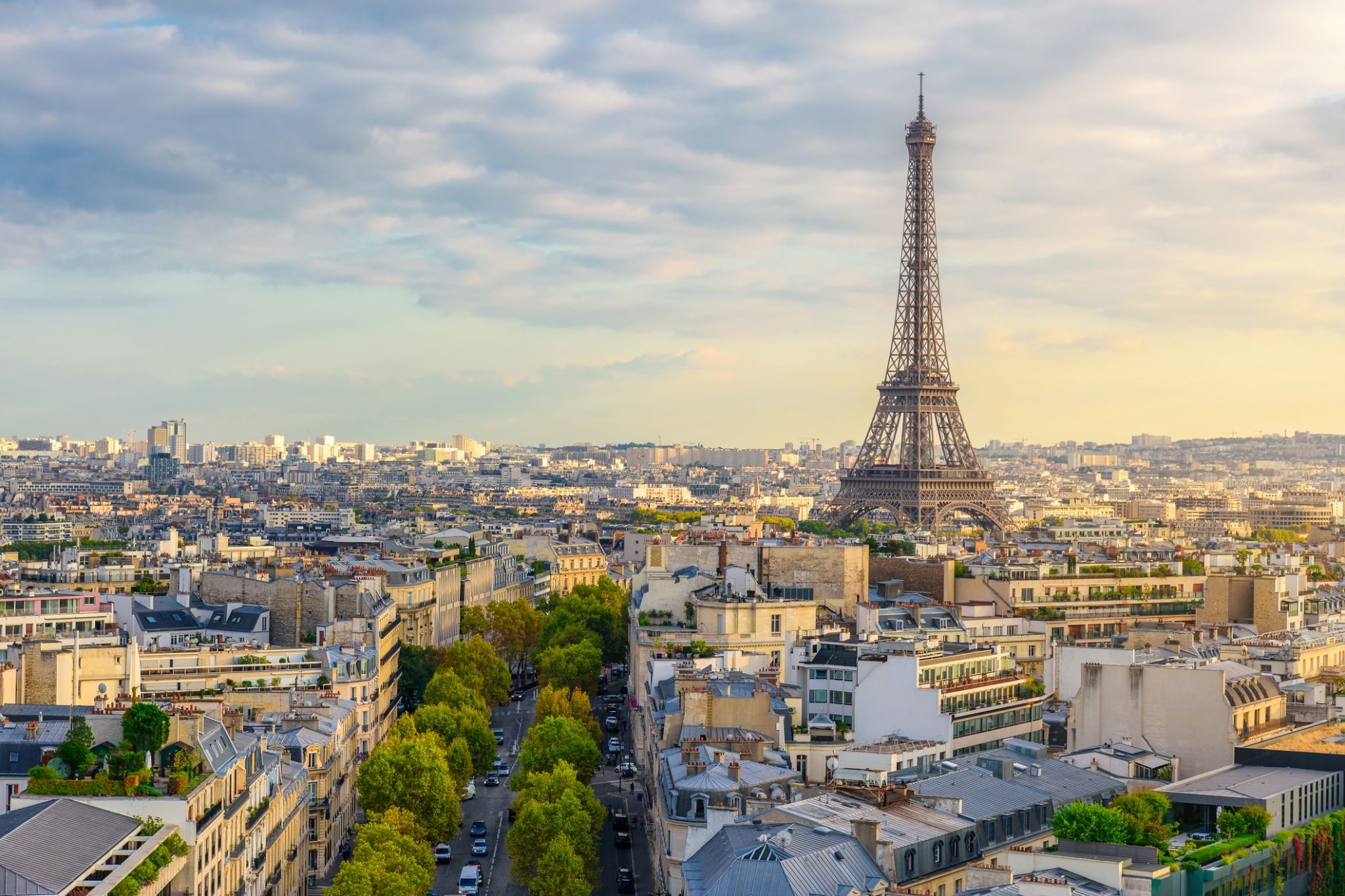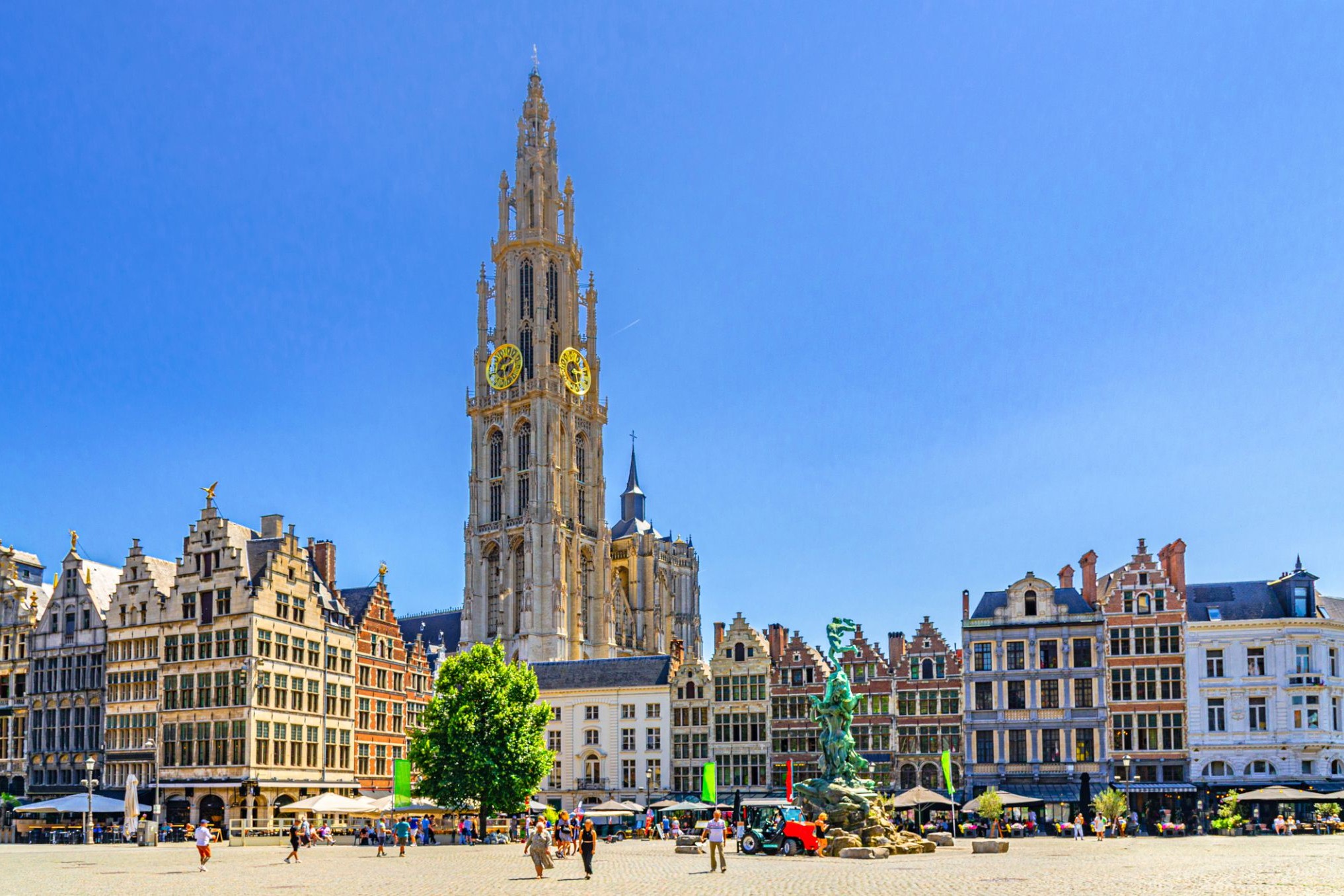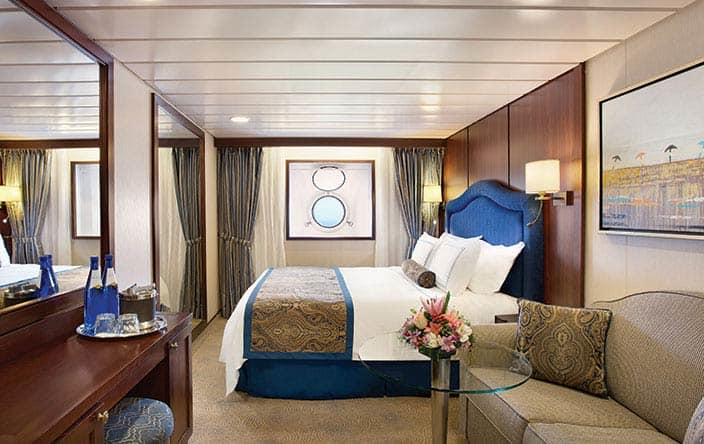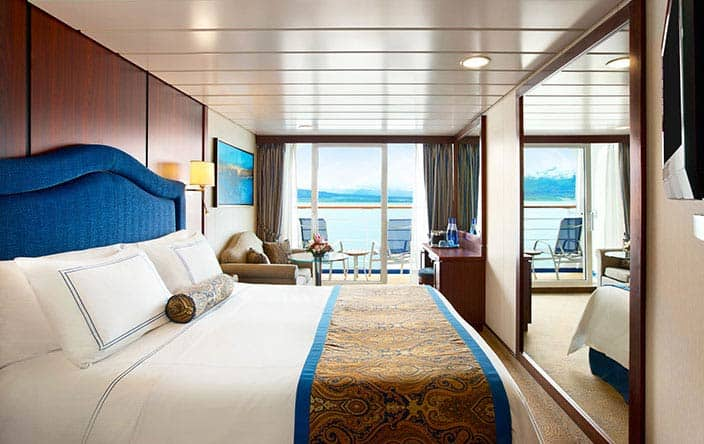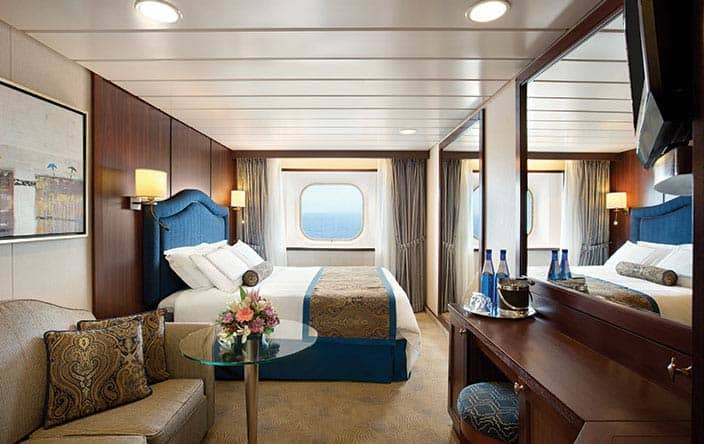
Rejs 30 941 507
Uroki kanału La Manche
| Firma : Oceania Cruises |
| Statek : Sirena |
| Data rozpoczęcia : pt. 12 wrz 2025 |
| Data zakończenia : pon. 22 wrz 2025 |
| Liczba nocy : 10 nocy |
Harmonogram
| Dzień | Data | Port | Wypłynięcie | Odpłynięcie |
|---|---|---|---|---|
| 1 | 12.09 pt. | IJmuiden | 19:00 | |
| 2 | 13.09 sob. | Londyn / Wielka Brytania | 08:00 | 19:00 |
| 3 | 14.09 niedz. | Dzień na morzu / Morze | ||
| 4 | 15.09 pon. | Belfast / Wielka Brytania | 13:00 | 22:00 |
| 5 | 16.09 wt. | Douglas / Maine Island | 07:00 | 20:00 |
| 6 | 17.09 śr. | Dublin / Irlandia | 06:00 | 17:00 |
| 7 | 18.09 czw. | Plymouth / Wielka Brytania | 12:00 | 19:00 |
| 8 | 19.09 pt. | Paryż / Francja | 08:45 | 21:00 |
| 9 | 20.09 sob. | Dunkirk / Francja | 11:00 | 21:00 |
| 10 | 21.09 niedz. | Antwerpia / Belgia | 09:00 | |
| 11 | 22.09 pon. | Antwerpia / Belgia | 19:00 |
-
 Dzień 1: 19:00
Dzień 1: 19:00IJmuiden
-
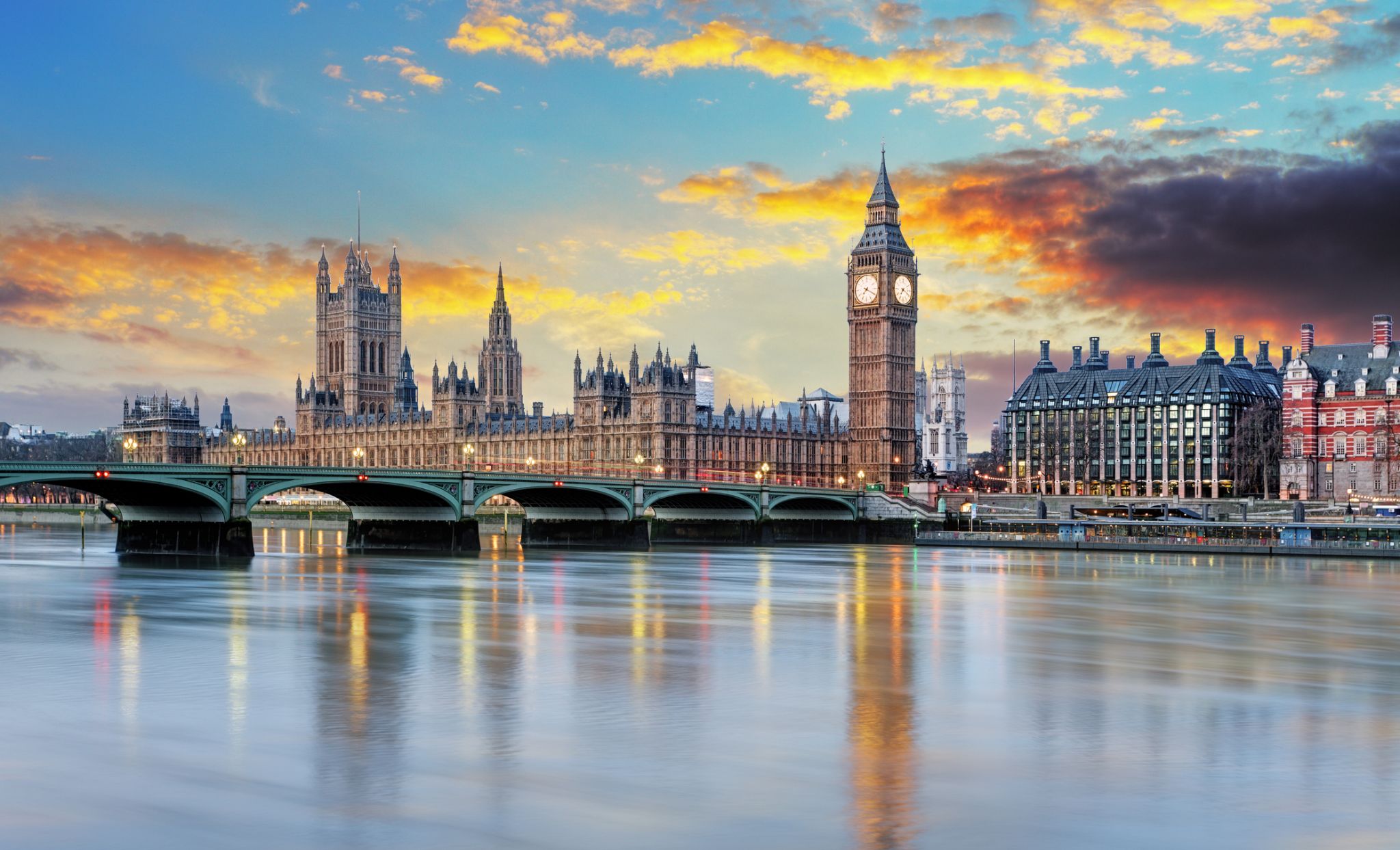 Dzień 2: 08:00-19:00
Dzień 2: 08:00-19:00Londyn / Wielka Brytania
-
 Dzień 3:
Dzień 3:Dzień na morzu / Morze
-
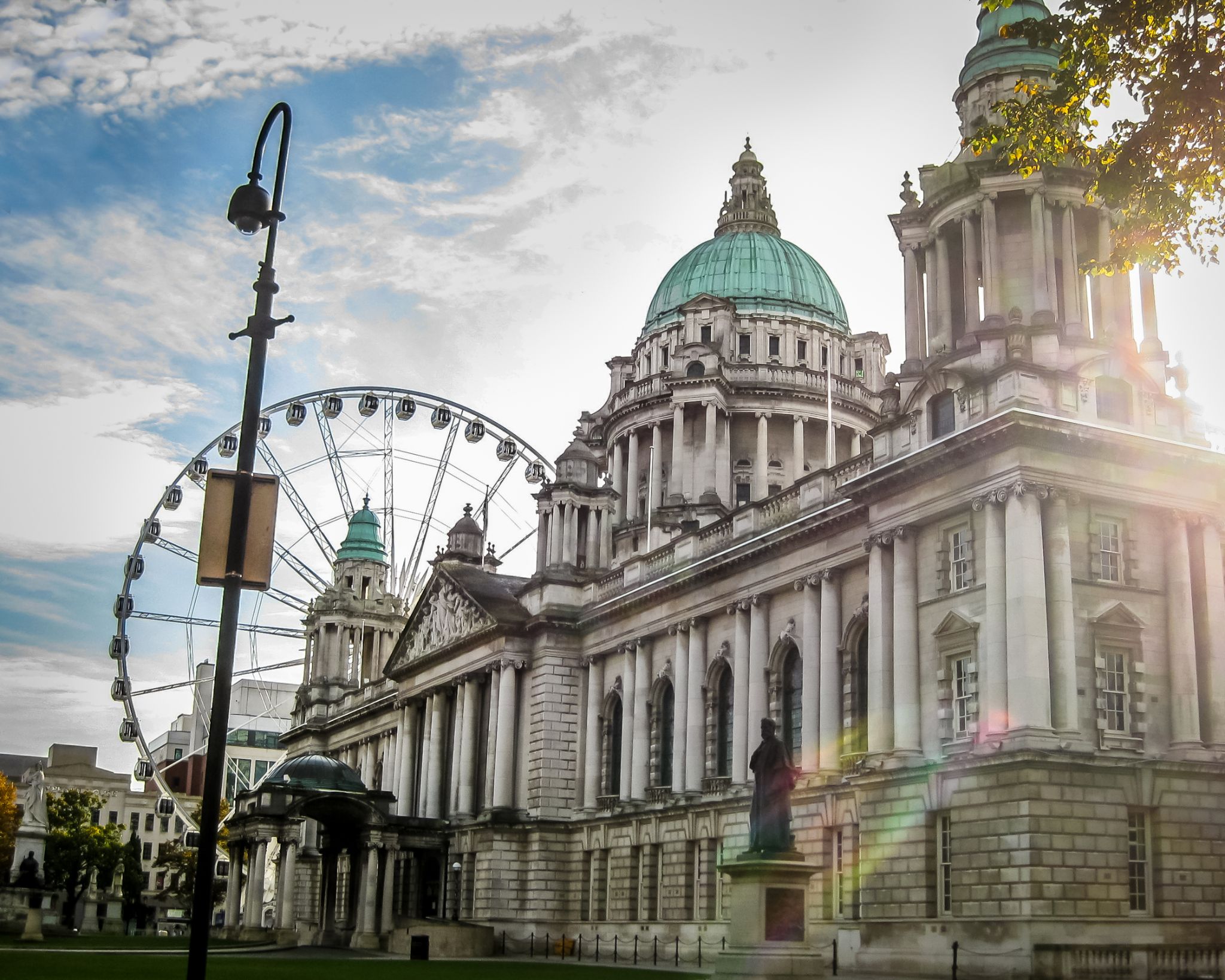 Dzień 4: 13:00-22:00
Dzień 4: 13:00-22:00Belfast / Wielka Brytania
Belfast is a port city in the United Kingdom and the capital city of Northern Ireland, on the banks of the River Lagan on the east coast of Ireland. It is the largest city in Northern Ireland and second largest on the island of Ireland. It had a population of 333,871 in 2015.
By the early 1800s Belfast was a major port. It played a key role in the Industrial Revolution, becoming the biggest linen producer in the world, earning it the nickname "Linenopolis". By the time it was granted city status in 1888, it was a major centre of Irish linen production, tobacco-processing and rope-making. Shipbuilding was also a key industry; the Harland and Wolff shipyard, where the RMS Titanic was built, was the world's biggest shipyard. It also has a major aerospace and missiles industry. Industrialisation and the inward migration it brought made Belfast Ireland's biggest city and it became the capital of Northern Ireland following the Partition of Ireland in 1922. Its status as a global industrial centre ended in the decades after the Second World War.
Belfast suffered greatly in the Troubles, and in the 1970s and 1980s was one of the world's most dangerous cities. However, the city is now considered to be one of the safest within the United Kingdom. Throughout the 21st century, the city has seen a sustained period of calm, free from the intense political violence of former years and has benefitted from substantial economic and commercial growth. Belfast remains a centre for industry, as well as the arts, higher education, business, and law, and is the economic engine of Northern Ireland. Belfast is still a major port, with commercial and industrial docks dominating the Belfast Lough shoreline, including the Harland and Wolff shipyard. It is served by two airports: George Best Belfast City Airport, and Belfast International Airport 15 miles (24 km) west of the city. It is listed by the Globalization and World Cities Research Network (GaWC) as a Gamma global city.
-
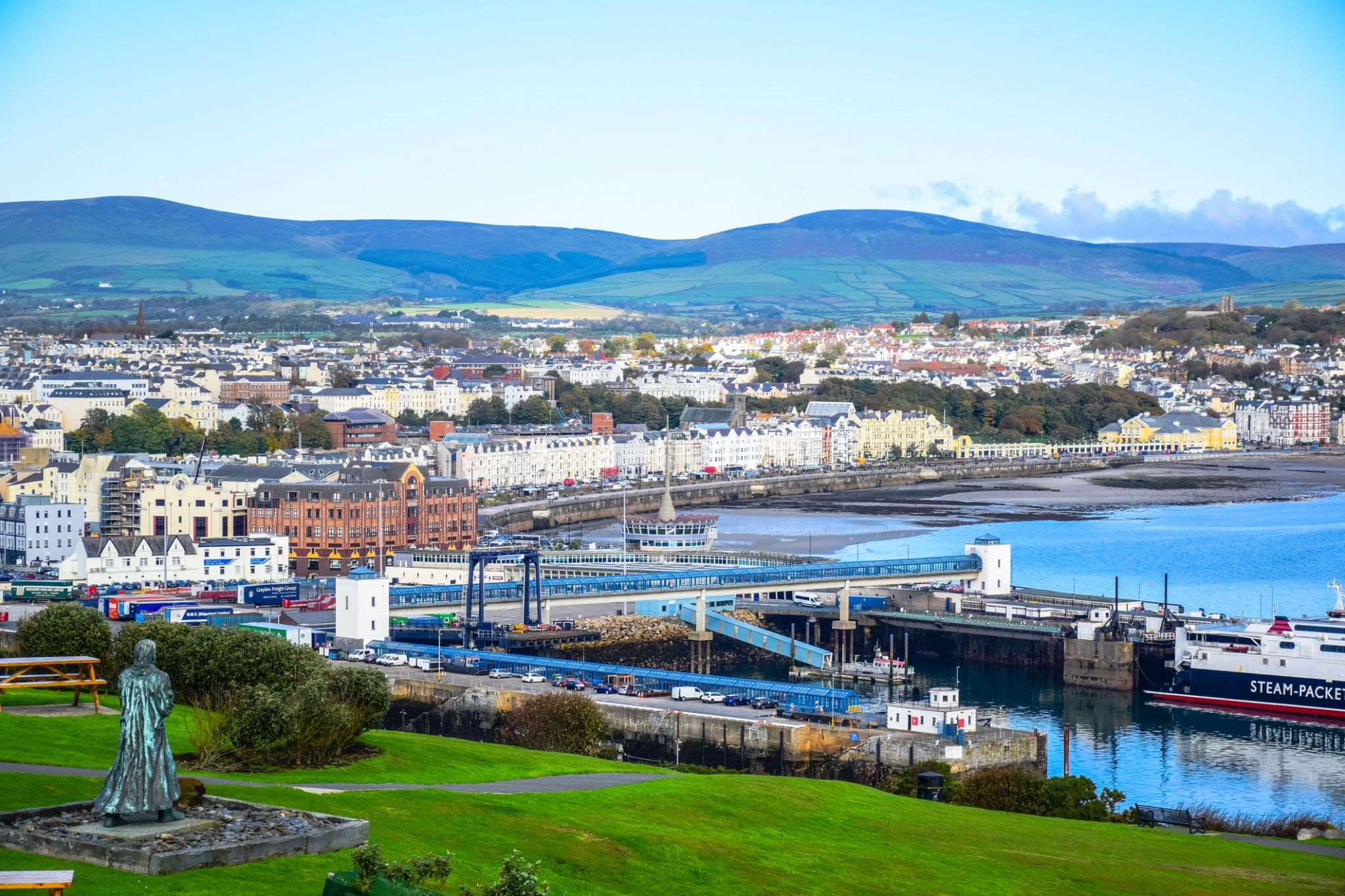 Dzień 5: 07:00-20:00
Dzień 5: 07:00-20:00Douglas / Maine Island
Douglas to stolica i największe miasto Wyspy Man, położone w Morzu Irlandzkim. Miasto, które ma bogatą historię morską, jest znane z malowniczych krajobrazów wybrzeża oraz przytulnej atmosfery. W Douglasie można spacerować po historycznej promenadzie, gdzie znajdują się zabytkowe budynki i nowoczesne kawiarnie, a także odwiedzić lokalne muzeum, które opowiada o morskiej kulturze i tradycjach wyspy. Miasto jest również znane z architektonicznych zabytków, takich jak zamek i historyczne budynki wiktoriańskie, które nadają mu wyjątkowy urok.
Okolice Douglas oferują doskonałe możliwości do aktywnego wypoczynku, w tym wędrówki, spacery wzdłuż wybrzeża i wycieczki rowerowe. Wyspa Man słynie z unikalnej przyrody, a turyści mogą podziwiać widoki na wzgórza, malownicze zatoki i tradycyjne wioski. Ten zakątek Wielkiej Brytanii przyciąga turystów swoją unikalną kulturą, starodawnymi tradycjami oraz pięknymi naturalnymi krajobrazami, co sprawia, że jest to idealne miejsce na relaksujący wypoczynek i ekscytujące podróże.
-
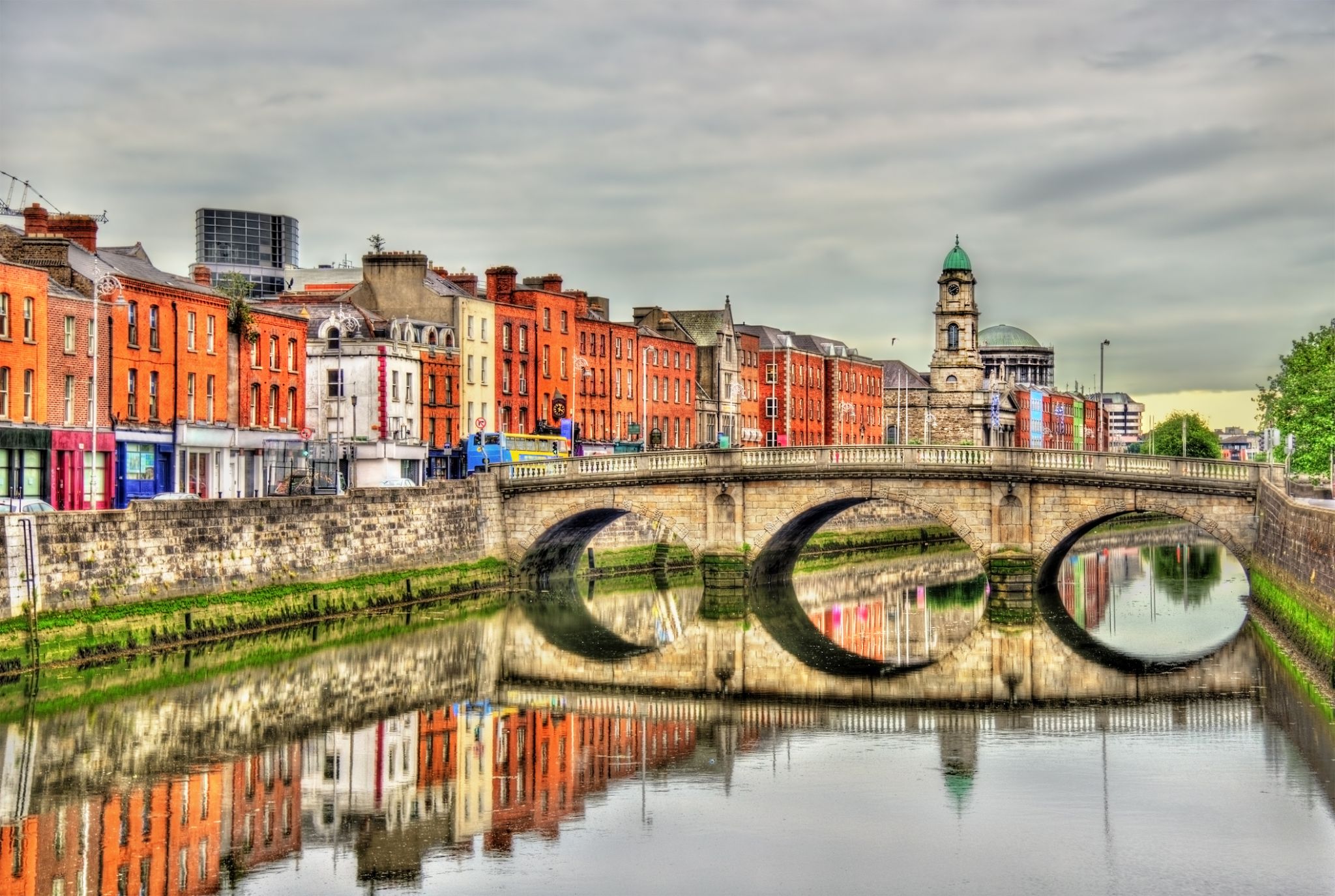 Dzień 6: 06:00-17:00
Dzień 6: 06:00-17:00Dublin / Irlandia
Dublin is the capital of, and largest city in, Ireland. It is on the east coast of Ireland, in the province of Leinster, at the mouth of the River Liffey, and is bordered on the south by the Wicklow mountains. It has an urban area population of 1,173,179, while the population of the Dublin Region (formerly County Dublin), as of 2016, was 1,347,359, and the population of the Greater Dublin area was 1,904,806.
There is archaeological debate regarding precisely where Dublin was established by Celtic-speaking people in the 7th century AD. Later expanded as a Viking settlement, the Kingdom of Dublin, the city became Ireland's principal settlement following the Norman invasion. The city expanded rapidly from the 17th century and was briefly the second largest city in the British Empire before the Acts of Union in 1800. Following the partition of Ireland in 1922, Dublin became the capital of the Irish Free State, later renamed Ireland.
Dublin is a historical and contemporary centre for education, the arts, administration and industry. As of 2018 the city was listed by the Globalization and World Cities Research Network (GaWC) as a global city, with a ranking of "Alpha -", which places it amongst the top thirty cities in the world.
-
 Dzień 7: 12:00-19:00
Dzień 7: 12:00-19:00Plymouth / Wielka Brytania
-
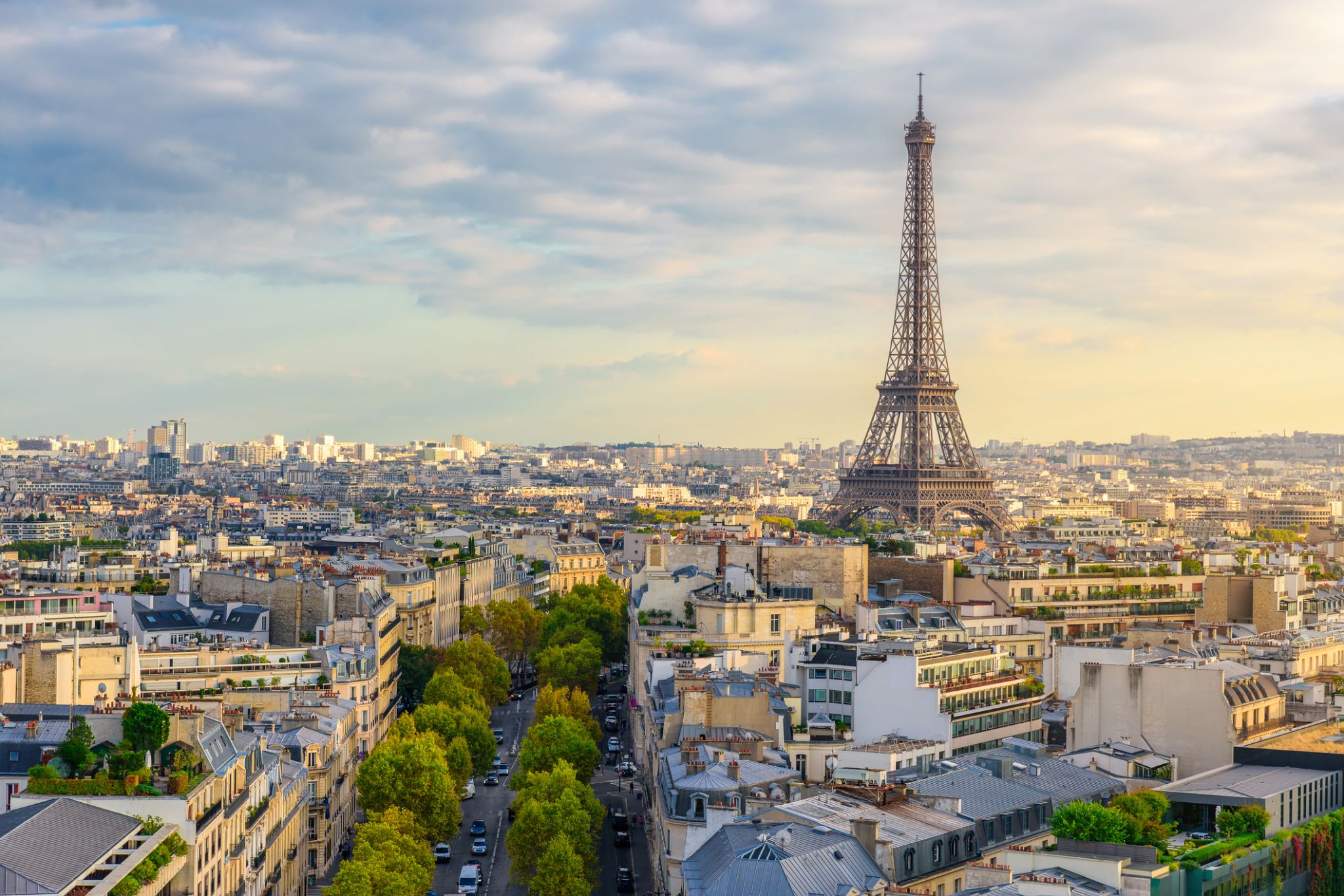 Dzień 8: 08:45-21:00
Dzień 8: 08:45-21:00Paryż / Francja
the capital of France, on the Seine River; population 2,203,817 (2006). Paris was held by the Romans, who called it Lutetia, and by the Franks, and was established as the capital in 987 under Hugh Capet. It was organized into three parts—the Île de la Cité (an island in the Seine), the Right Bank, and the Left Bank—during the reign of Philippe-Auguste 1180–1223. The city's neoclassical architecture dates from the modernization of the Napoleonic era, which continued under Napoleon III, when the bridges and boulevards of the modern city were built.
-
 Dzień 9: 11:00-21:00
Dzień 9: 11:00-21:00Dunkirk / Francja
-
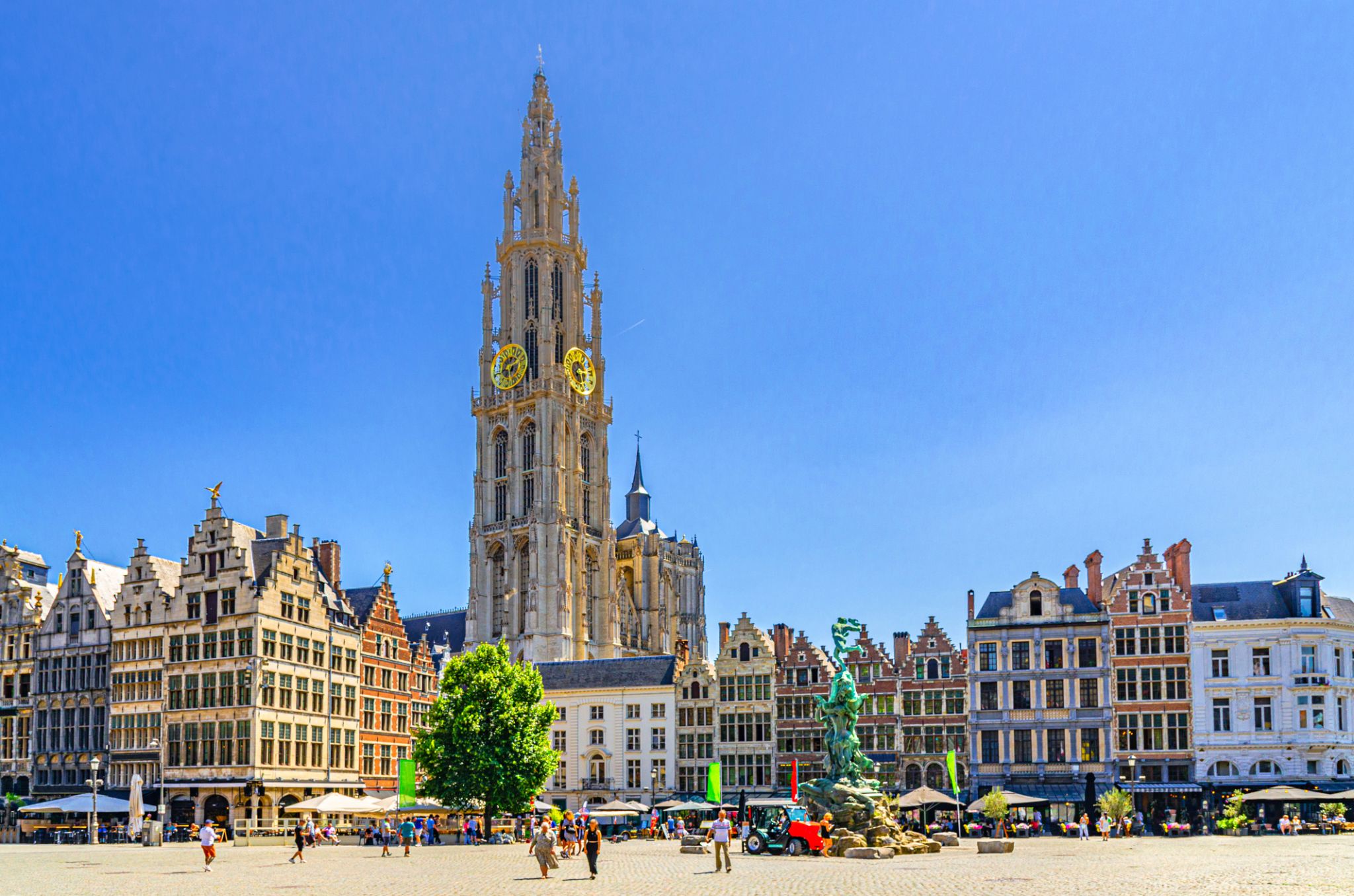 Dzień 10: 09:00
Dzień 10: 09:00Antwerpia / Belgia
a port in northern Belgium, on the Scheldt River; population 472,071 (2008). By the 16th century, it was a leading European commercial and financial center. Flemish name Antwerpen.
-
 Dzień 11: 19:00
Dzień 11: 19:00Antwerpia / Belgia
a port in northern Belgium, on the Scheldt River; population 472,071 (2008). By the 16th century, it was a leading European commercial and financial center. Flemish name Antwerpen.

